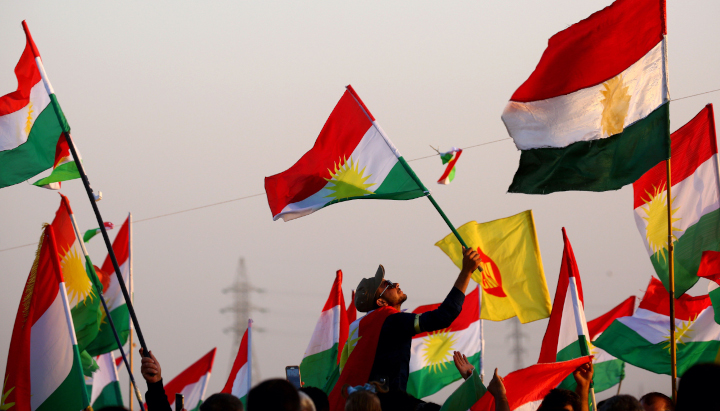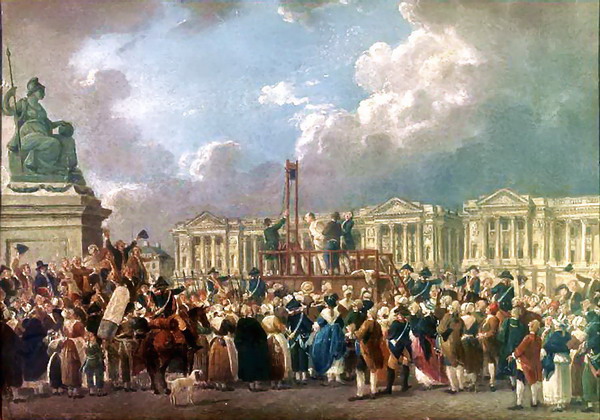The Easter Rising (EIRIS Amachi in Gaelic) was a failed military rebellion that took place in Ireland against the authority of the United Kingdom on Easter Monday April 1916. rebel rebellion constituted the most famous attempt to take control by Irish republicans in order to achieve independence from the United Kingdom. This Republican revolutionary attempt occurred from April 24 to April 30, 1916, when part of the Irish Volunteers (armed wing of the Irish Republican Brotherhood or IRB), headed by Padraig Pearse teacher and lawyer, as well as reduced Army James Connolly’s Irish Citizen took key positions in the city of Dublin, where they proclaimed the Independent Republic of Ireland. The event usually interpreted as the key moment in the process of Irish independence, but also marked the division between republicanism and Irish nationalism, which so far had accepted the promise of a limited autonomy under the British Crown, captured the third law of self-government (or Home Rule in English), which was adopted in 1914 and suspended during the First World War.
What happened in Ireland in 1916?
The planning
The most radical sector and younger, and supporters of the insurrectionary route, they decided not to wait any longer and that the right time had come. In November 1914 Roger Casement and Joseph Plunkett (1887-1916) marched to New York and interview with John Devoy, head of Clann na Gael, and getting financial support from the Irish diaspora for the uprising. Then Casement went to Germany to train a brigade Irish are prisoners of war, but only 55 We point (in total there were 200,000 Irish in front).
In May 1915 formed the Secret Military Commitee IRB to direct the uprising. So far there were only four leaders: veteran Fenian Thomas J. Clarke (1857-1916), Seán Mac Diarmada, Patrick Pearse and Eamonn Ceannt (1881-1916), commander of the 4th Battalion of Irish Volunteers. The following year he admitted three members: the union leader James Connolly, and Joseph Plunkett Mac Donagh Thomas (1878-1916). Seán T. O’Kelly was sent to the US to seek support for Irish Americans. All of them were related to the IRB ‘and the Gaelic League and, unless Connolly, were more theoretical than professional revolutionaries dreamers.
The surprise factor works because only the seven committee members and a few leaders of the IRB truly knew the plans, and that the English, although some suspected that it was preparing never took it seriously. Despite opposition from Eoin MacNeill, which caused many people are sums and Bulmer Hobson eventually was planned as maneuvers and involves 1,200 volunteers and 200 ICA against poorly armed and some 2,500 British soldiers Unionists volunteers.
The facts
On 24 April 1916 (Easter Day, Easter Day), Irish national holiday, did a parade in Dublin and drove to the building of the General Post Office, where 700 of them occupied the building Pearse as the visible head of the provisional government of the Republic of Ireland (Rialtais Shealadaigh Uachtarán ar na hÉireann) and the Irish Republican Army, was read a manifesto urging the Irish to revolt. Then also occupied station Westland, Liberty Hall, Trinity College and the Shelbourne Hotel. Eamon de Valera, born in the US of a Spanish father and Irish mother, and commander of the Third Battalion of Dublin, occupied Boland flour mill and control the road from Dublin to Dún Laoghaire, causing 234 casualties among British soldiers. Connolly and members of the ICA tried to take Dublin Castle, but was wounded and rejected. However, he managed to occupy the Four Courts building, which covers the access road.
Apart from Dublin, only occurred in uprisings Ashbourn (County Meath), where the Fifth Battalion of the Dublin Brigade, directed by Thomas Ashe, faced the RIC, causing eight deaths and five injuries; Galway, where Liam Mellow (1892-1922) attacked Oranmore station, killing one and two wounded agutzill; in Castlelyons (County Cork), where the family braved Kent RIC setjada on his farm and killed a sheriff; and small skirmishes in Cork, Mac Curtain led by Thomas in Dundalk (Dundalk) and Inis Corthaid (Enniscorthy).
Finally, on April 30 Pearse surrendered to avoid further bloodshed. In total, 450 died Irish, helping the 56 British and 64 insurgents dead in Dublin and elsewhere, including Michael Joseph O’Rahilly (from 1875 to 1916), journalist and founder of the Irish Volunteers, Sean Connolly, brother of James in Action at City Hall, and Francis Sheehy-Skeffington, killed by a British officer; 130 British soldiers also died. 383 were wounded 2,614 Irish and British.
Repression
The uprising was harshly criticized by the bishops and by the traditional parties. This he wanted to take the governor, Sir John Maxwell, to give exemplary punishment to end once and for all with the republican movement. They were arrested about 2,500 people, including Arthur Griffith, Eoin MacNeill and William Cosgrave, who not only raised but had not even had condemned the revolt. It dictated a total of 90 death sentences, of which up to sixteen n’executaren Kilmainham Jail (Dublin): May 3, Patrick Pearse, Thomas Mac Donagh and Tom Clarke, Joseph Plunkett on May 4, Willie Pearse (Padraic brother), Edward Daly (1891-1916), brother of Michael Clarke and O’Hanrahan, May 5 John MacBride, Sean Heuston May 8, Michael Mallin, a member of the ICA, Cornelius Colbert ( 1888-1916) and Eamonn Ceannt and May 12 Seán MacDiarmada (IRB member who bought weapons in the US) and James Connolly. Also were executed Thomas Kent and Sir Roger Casement (3 August at Pentonville) hanging from the gallows after being trapped in a land Banna Strand (Ciarraí) in a German submarine, which was all the help we got from Kaiser . Finally, there were 1,706 deportations and 3,500 arrests, including Michael Collins, Arthur Griffith, Eoin Mac Neill, Terence MacSwiney, Constance Markiewicz, who was saved from execution by being female, and Eamon de Valera, who was saved from Pelota execution to have American nationality.
Contrary to what Maxwell had calculated, executions provoked protests from George Bernard Shaw, John Dillon and John Redmont, which considered excessive, and after the initial rejection of the revolt, the executed will be considered martyrs of Irish independence.
What happened in Ireland in 1916 is a special chapter or British and Irish history, often remembered by the name of Easter Monday or Easter Rising.
The executed
- Patrick Pearse
- Thomas J. Clarke
- Thomas MacDonagh
- Joseph Plunkett
- Edward Daly
- William Pearse
- Michael O’Hanrahan
- John MacBride
- Eamonn Ceannt
- Michael Mallin
- Cornelius Colbert
- Sean Heuston
- Sean MacDermott
- James Connolly
- Thomas Kent
- Roger Casement

